When you pass out base ten blocks or linking cubes to Kindergartners for the very first time, what do you expect that they might do? Chances are, it is inevitable that they will immediately begin building towers, structures, and patterns without being prompted. In fact, it is a “common ground rule” that early childhood teachers must ALWAYS give their students ample time to explore, play, and build with manipulatives before attempting to use them as instructional tools.
Engineering is already part of the DNA of young learners, beginning as early as age 3, and early childhood is the perfect time to introduce the engineering design process through STEM activities. The trouble is, most STEM challenges that you might discover on Pinterest, teaching blogs, or Teachers Pay Teachers are likely geared to third graders and older.
Here are 6 ways that you can simplify STEM for students in Preschool, Pre K, Kindergarten, first grade, and second grade:
This is commonly referred to by early childhood experts as “guided discovery.” Before young students are able to attempt a STEM challenge or meet a learning objective, they must be given ample time (at least 20-30 minutes) to explore their materials. As their fine motor skills are still developing, they need to figure out how the materials fit together and don’t fit together, what works and what doesn’t work, what is tricky and what is simple. They need to test the capabilities and limits of materials and observe their peers doing the same. This time for play and exploration is invaluable for building a foundation for engineering.
I always begin STEM challenges with a whole class discussion, but for my youngest students, the discussion is structured a little bit differently. We talk about what might problems might come up as we are building, how to react when a test fails, and how to work successfully with a partner. Younger students need to be reminded often about how we are “better together” and how mistakes help us grow as learners. I often reference Thomas Edison and his commitment to inventing the lightbulb, even after over 100 failed attempts. Early childhood students love routine and appreciate knowing what to expect.
Young students are extremely visual, and a great way to trigger background knowledge is to show them real world examples of structures prior to beginning a challenge. For example, when I challenged my first graders to build a “Shelf for the Elf,” we pointed out different shelves in the classroom and talked about what they had in common. For more complicated challenges such as catapults with my second graders, I pulled up Google images and we pinpointed features that might be essential to a working catapult. Some students might have never seen or heard of certain structures, so they need to be exposed to real world models. Discussions and visuals not only prime their minds for design ideas, they also inspire and excite them to dive in to the challenge with a bit more “experience.”
Depending on how complicated the STEM challenge might be, some modeling might be necessary. However, I never do a “watch me and do this” demonstration because it tends to squash creativity and defeats the purpose of the engineering design process. I will sometimes show them “tricks” or provide guiding questions for assembling pieces if I see that they are struggling significantly, but only for students who need such guidance. Depending on the age of your students and their prior experiences and capabilities, modeling is a great tool to use in moderation.
Simplify, Simplify, Simplify. Try to limit challenges to 5 or fewer materials. Much of the brainstorming prior to beginning a STEM challenge can be done as a whole class. I usually have my students sketch simple blueprints and list materials prior to the challenge, record test results during the challenge, and answer reflective questions after the challenge. Because the youngest engineers will spend 99% of their time building, building, and building some more, the written components must be brief and meaningful. To discourage “one word answers,” I like to discuss and plan out reflective responses with students one on one before they record them. Second graders are also capable of more detailed written responses. The most developmentally appropriate reflective prompts (written or otherwise) that you can provide to wrap up a STEM challenge for younger students are the following:
1) What worked well?
2) What didn’t work well?
3) How did you improve your design?
STEM challenges are more impactful when completed collaboratively, as students learn more from working with others and have a great opportunity to practice their intrapersonal skills (or “people smarts). Consider students’ problem solving skills, social skills, and fine motor capabilities when pairing them up, and ensure that you set them up to be as successful as possible. STEM challenges also make great activities to complete with upper grade “buddies.”
STEM is very much appropriate for even our youngest students, and I hope that these tricks might encourage you to give it a try in your classroom!
Click below for early childhood appropriate STEM Resources in my TpT Store!
Please visit my website at Teach Outside the Box for more early childhood enrichment ideas.
Lovely styled STEM images by Jen Jones of Hello Literacy and fonts by Kimberly Geswein.








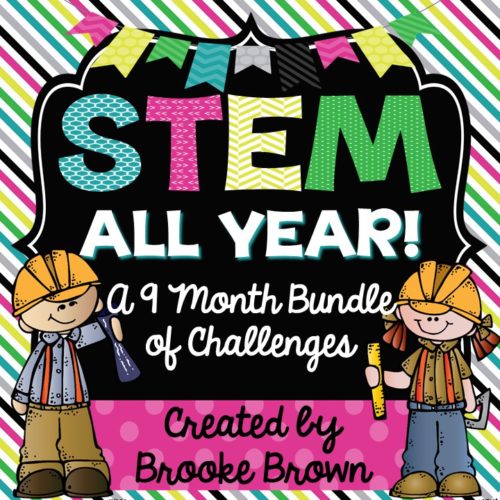
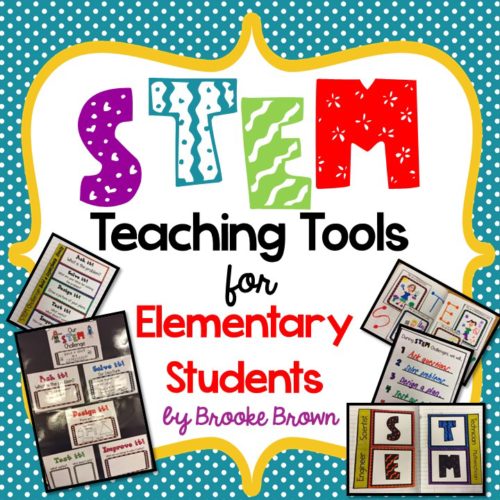
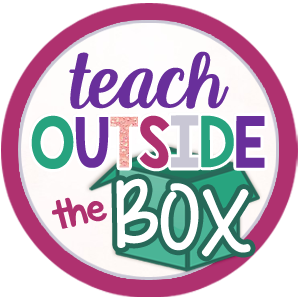

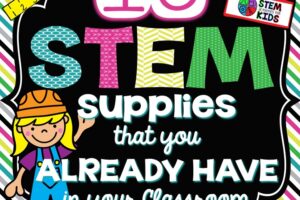
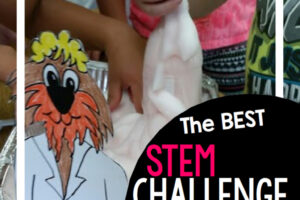
5 Comments
Leave your reply.